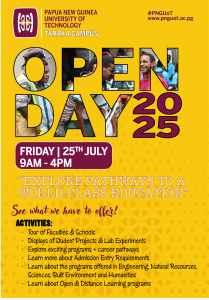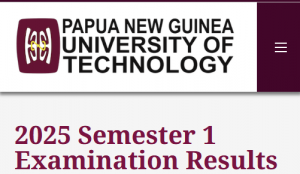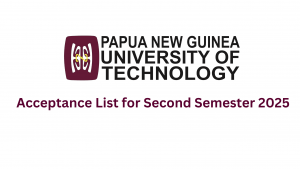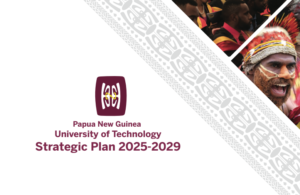Bachelor of Geographical Information Science
Geographical Information Science degrees train students to analyse and create visual representations of the Earth’s surface and layers, using specialised software. GIS degree students evaluate diverse spatial data, to help in the planning process of scientific research.
Graduates follow careers in research institutes, governmental agencies, public authorities, or private consultancies.
Entry Requirements for Undergraduate Program (any one of the following):
GIS: Grade 12 School Leavers: STAT_P Test Score, Minimum of B grades in Major Mathematics, English, Physics and Information Technology.
All non-school leavers entering into Surveying and Lands Studies programs: same as in school leaver requirements except that upon acceptance with the minimum requirement will do entry exams instead of STAT-P test.
Diploma from other universities will be selected on a case by case basis.
Course Summary
- 4 years full time
- On Campus (Taraka)
- Available to domestic students
- Start Year Intake – February
- Course Code: BPS
- Department: Surveying and Lands Studies




